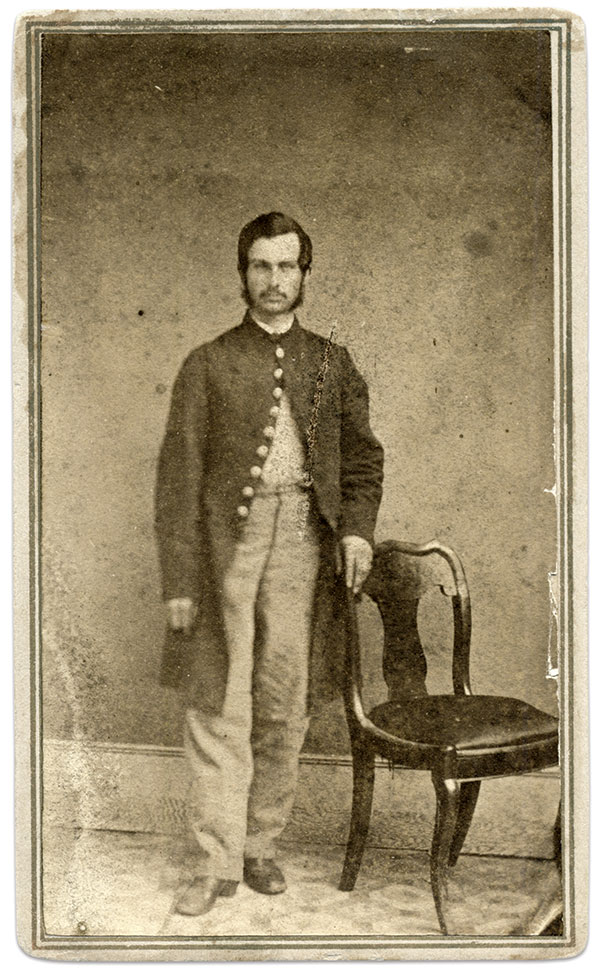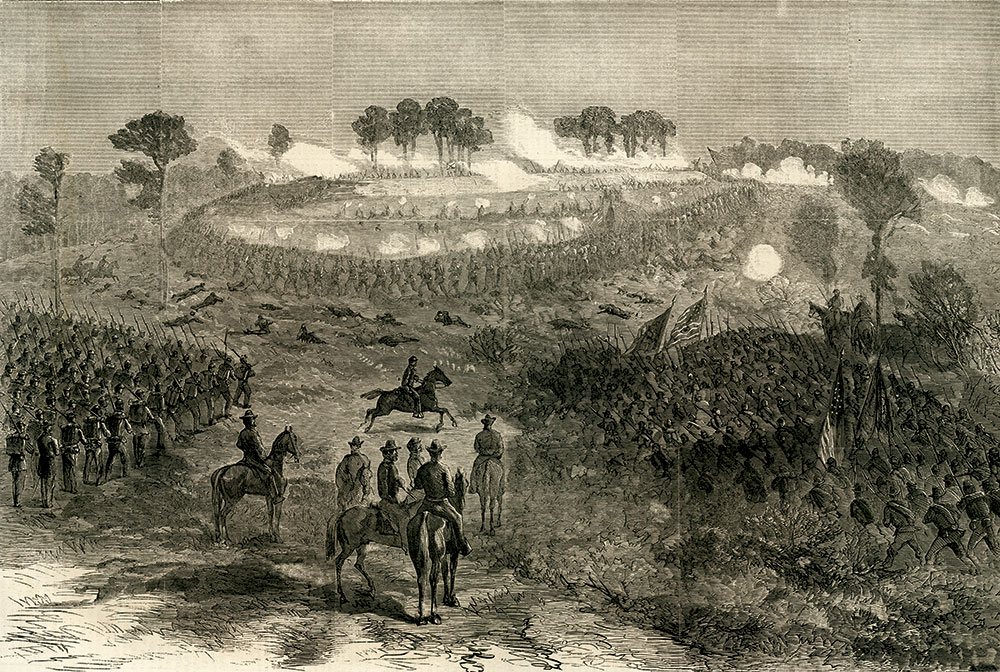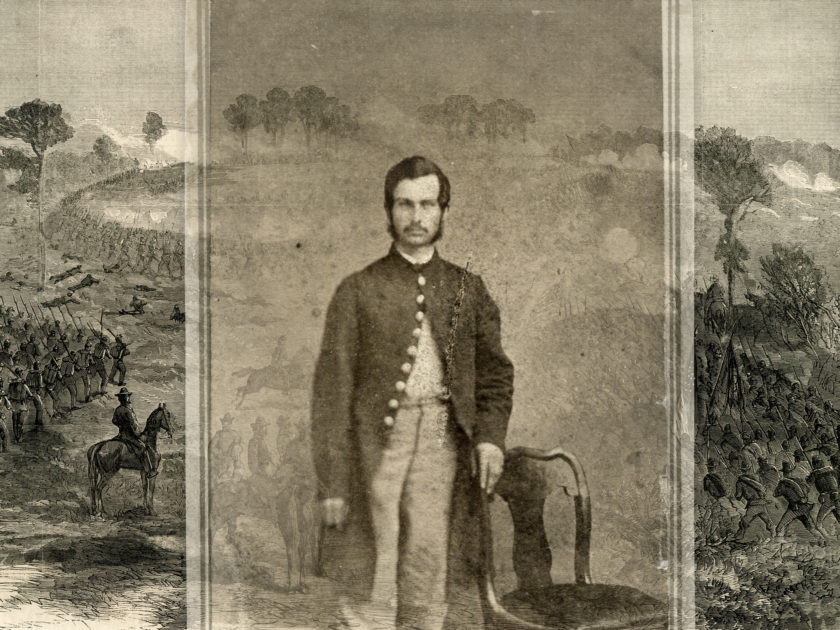
Participants in the successful assault by Union forces at Fort Harrison, Va., on Sept. 29, 1864, witnessed a thrilling event.
In the moment of victory as a blue wave of infantrymen poured over Rebel embankments, color bearers from the 96th New York and the 8th Connecticut planted their flags into the dearly won earthen mound at almost the same moment.
“There was a generous rivalry between the color bearers,” according to official records, “as to which were the first in planting their colors—so nearly equal were they that it is difficult to say which were in advance. May the rivalry always continue.”
After all was said and done, the sergeant who carried the colors for the 96th, Lester Archer, received the Medal of Honor for gallantry. Born in Fort Ann, N.Y., near the Vermont border, Archer worked as a boatman when the war began. In December 1861, he enlisted as a corporal in Company E of the 96th. The regiment went on to serve in Virginia and North Carolina, and participated in the Peninsula Campaign in 1862, and in the early battles of the Petersburg Campaign in 1864.

At Fort Harrison, a critical point in the Confederate defenses of Petersburg, the 96th and the 8th belonged to the 2nd Brigade of the 1st Division of the 18th Corps, part of the Army of the James. The New York and Connecticut boys led the assault. The other regiments in the brigade, the 118th New York and the 10th New Hampshire, were thrown out as skirmishers on either flank. As the skirmishers pumped a deadly accurate fire into the Rebel ranks with their new Spencer repeating rifles, the main column rushed forward, capturing the fortification and turning the cannon on the fleeing Confederates.
Archer’s Medal of Honor citation is dated April 6, 1865. But he did not live to see it or the decoration. On Oct. 27, 1864, a mere three weeks after he planted the colors at Fort Harrison, a rebel bullet found him at Fair Oaks. The gunshot struck him in the head, killing him instantly. He was about 27 years old. He left behind a newlywed wife, Sarah.
LEARN MORE about Military Images, America’s only magazine dedicated to showcasing, interpreting and preserving Civil War portrait photography.
VISIT OUR STORE to subscribe, renew a subscription, and more.

